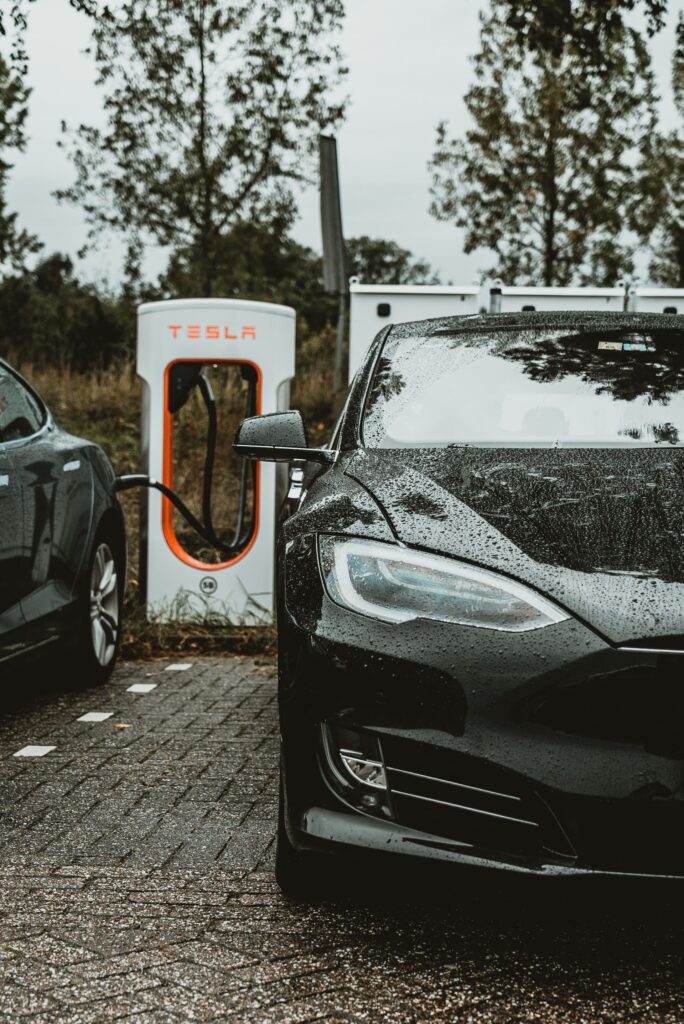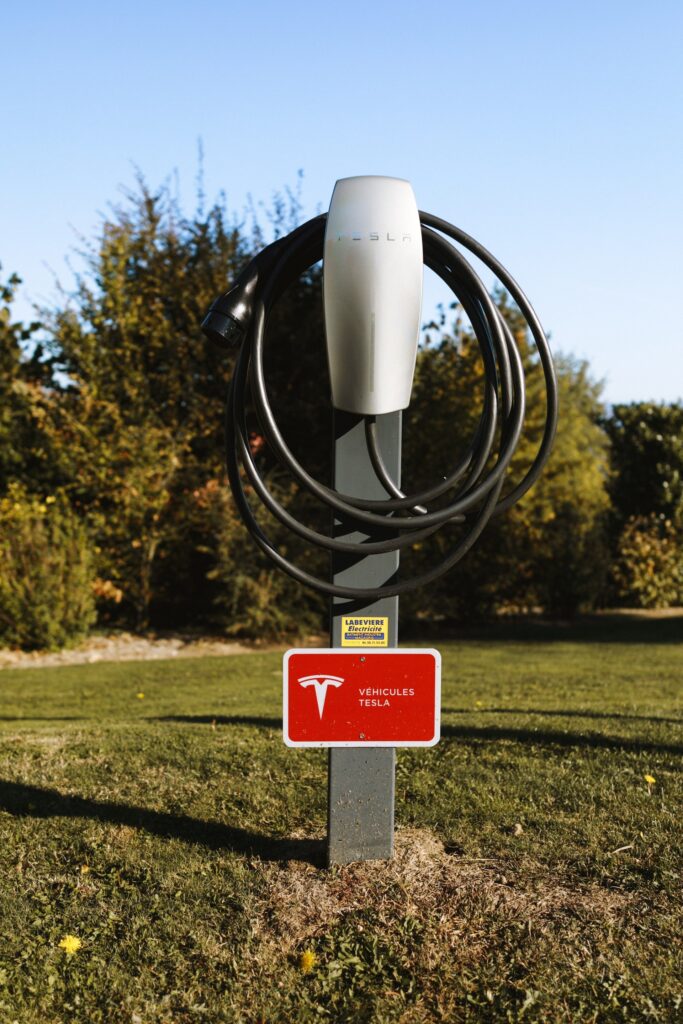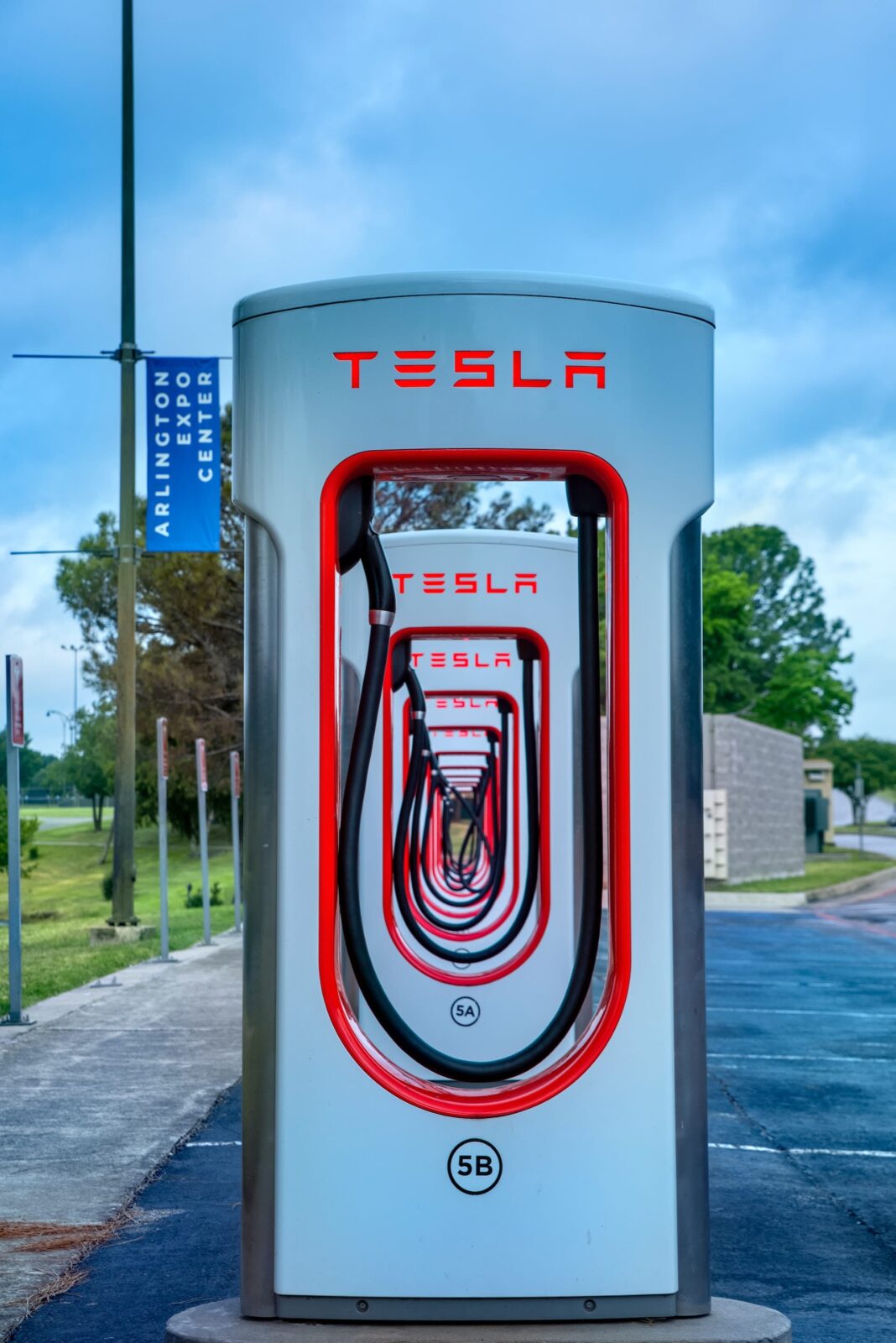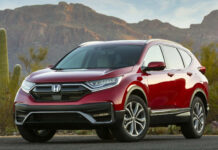If you own a Tesla, then chances are that you will probably charge your car at home. But all Electric cars have a particular range after which the battery runs down, and you will be forced to stop and recharge. And yes, charging takes a very long time which is not ideal, especially when you are in a hurry. But this problem was overcome after Tesla introduced supercharging stations where you can charge your battery to its fullest within a matter of minutes. But as all good things come with a price, is supercharging bad for Tesla? Let’s see.
What is supercharging?
Before we go on to discuss whether supercharging is bad for Tesla, it is important to understand what supercharging is. As the name suggests, supercharging is the ability to charge your car faster with a higher-voltage power outlet.

This system was first introduced in 2012 with just six superchargers. But today, they number more than 30,000 chargers located all around the United States of America. Electric Car drivers no longer have to worry about finding a charging station because they are just as prevalent as gas stations.
Tesla supercharging uses 480V DC fast charging technology. It allows you to charge your car for up to 200 miles in just 15 minutes. This is much faster than using a level 2 charger at home. Please read this article for more information about charging your car and how to set up a charging station at home.
But when you rely solely on supercharging, does it damage your battery in any way? Does it affect your car?
Is supercharging bad for Tesla?
The Tesla company recommends that you charge your car at home daily using a Tesla level 2 charger. A Level 2 charger is about 240V and depending on your car’s onboard charger capacity, it takes a few hours to fully charge the battery.
Most people are worried that constantly relying on supercharging will affect Tesla’s batteries. Well, the answer is yes. Any battery, not only that of a Tesla, will weaken with constant supercharging, and battery degradation leads to the battery not being able to hold charge properly. This also applies to letting your car lose charge to less than 5%.
One might wonder, if supercharging is bad for Tesla, then why are there so many supercharging stations at home? As I mentioned earlier, one of the major drawbacks of Electric Vehicles is the potential for their batteries to run down when you are driving. Supercharging is a very convenient way to charge fast and be on your journey without losing too much time waiting until your car charges to a full.
However, there are many factors that decide whether supercharging is really bad. For instance, the general rule of thumb is not to charge for more than 90% or let the battery run down for less than 5%. So if you follow this even when supercharging and adjust your app so that your battery does not charge above 80%, chances are that your batteries are not going to suffer too much. But certain conditions can only be controlled and not prevented.
Usually, every supercharge cycle degrades your batteries by a small percentage. For every 10,000 miles, it may degrade by 1.9%. So by relying solely on supercharging, your car’s battery life will shorten significantly.

You will find that with every supercharging session, it takes a bit longer to charge your battery. This is to minimize degradation. Tesla’s onboard Active Thermal Management system carefully manages and optimizes battery health. The older your Tesla, the longer it takes to charge.
In addition, Tesla has introduced a warranty to their batteries for eight years and has attested to maintain a battery life of 70%. This means that if your battery charging capacity reduces by less than 70%, the Tesla company will replace any cells that have died. So you need not worry about your Tesla’s battery life too much.
Tesla batteries are like any other batteries, and they do not last long. In fact, they have shorter lives than other competing electric cars as they use cheaper material in their batteries to attain a longer range. Please refer to this article for more about this.
Tesla batteries will not be able to charge fully over time and will lose their capacity to hold a charge for long. Some of the battery cells will become depleted. The Active Thermal Management of the car will ensure that the cells don’t overheat. And yes, supercharging causes premature battery capacity loss.
However, supercharging your car is unavoidable. Especially when you are traveling for long distances, you will be forced to rely on supercharging to continue your journey. Occasional supercharging will not damage your car immediately. But there are other instances where you must avoid supercharging to protect your batteries.
When to avoid charging with a supercharger.
There are two instances when supercharging is very bad for your car. One is when the climate is extremely hot or extremely cold. Hot climates will make the Tesla turn on the air-conditioning automatically to avoid heating. So when you are charging while the battery power is being depleted for the AC, it will not only take longer to charge but causes a strain on your batteries. The 480V supercharger also generates a high amount of heat when charging, so adding that to the already high car temperature, the batteries are at risk.
Likewise, it is also very damaging to charge your car at extremely cold temperatures. Tesla has a pre-conditioning facility that warms the car before you charge it. The Li-ion batteries also contain ionizing liquids that can freeze when it’s very cold. If you apply a current while it is frozen, it can kill the battery. You must pre-condition the car before supercharging.

Another instance where supercharging is bad for Tesla is when you are using a charger that is not Telsa. Yes, this affects the battery. There are many other supercharging options, like Electrify America, but it’s always best to use a Tesla supercharger. This is simply because the Tesla supercharger is specifically designed for Tesla batteries, and the same cannot be said for other superchargers.
This should not really be a big problem for you as there are plenty of Tesla supercharging stations available. And if other superchargers are not good for your Tesla, then why risk it?
In conclusion
So to your question of whether supercharging is bad for Tesla, the answer is yes. Though Tesla advises owners to always charge at home, supercharging cannot be avoided in certain circumstances. If you must use a supercharger, then do not overcharge for more than 90%, do not supercharge in extreme climates and always use a Tesla supercharger for your car.
But otherwise, you do not have to worry too much because Tesla has an 8-year warranty for their battery to maintain battery life at 70%. So you can be sure that your batteries won’t run down below 70%, or your company will replace the depleted cells for you.

















